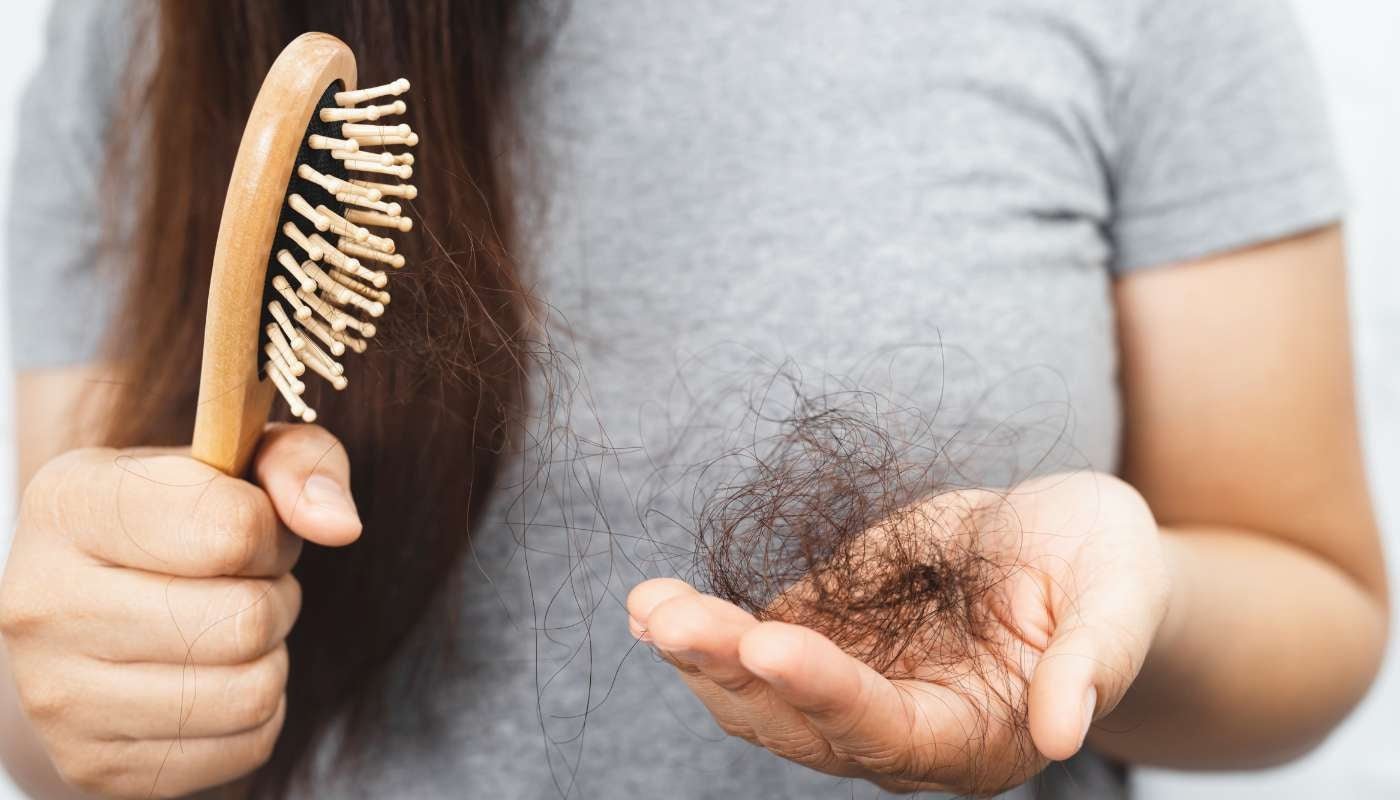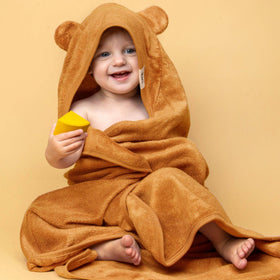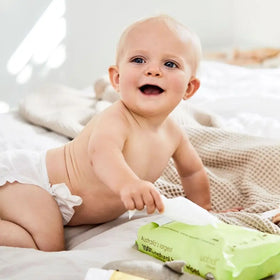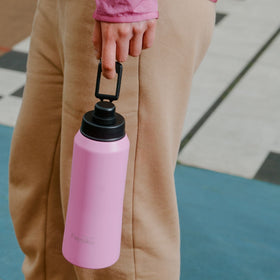
Postpartum Hair Loss: How To Minimise Shedding And Make Your Hair Look Thicker Than It Is
The postpartum period is definitely a challenging one, especially for new mums just learning to manage life with a newborn. Then, as though things aren’t tough enough, there’s a bunch of postpartum side effects to deal with: stretch marks, hemorrhoids, postpartum depression, and - for many mums - hair loss!
If you’ve just had a baby and find yourself losing clumps of hair in the shower, don’t panic. You’re definitely not alone in this. Postpartum hair loss is perfectly normal, common, temporary (for most!), and manageable.
So what is postpartum hair loss? Why does it happen? And what can you do about it?

What is postpartum hair loss?
Sometime after childbirth, you might notice thinning hair, usually around the hairline and above the temples. You might find more hair than usual on your hairbrush or - yes - your hair might actually fall out in patches, leaving you with noticeable bald spots.
It may sound absolutely horrifying, but rest assured this happens to almost all mums after childbirth. No, you’re not going bald. And yes, your hair will grow back.
Contrary to what you may have heard, postpartum hair loss isn’t caused by stress or vitamin deficiency or breastfeeding. It’s only your hormones readjusting after pregnancy.
You see, the hair cycle has three stages: a growth stage (anagen), a resting stage (telogen), and a period in between (catagen). While you were pregnant, the increased oestrogen levels in your body sort of froze your hair in the growing stage, which meant that fewer hairs fell out each day. This was the reason for the fuller, bouncier, shinier locks you had during pregnancy.
Unfortunately, after you give birth, your oestrogen levels fall, your hair enters the resting stage and starts falling out. Doctors refer to this as excessive hair shedding or telogen effluvium. Most mums notice this happening around three months after giving birth. The stage usually ends (and your hair returns to its former fullness) by the time your child blows out the candles on his first birthday cake.

Post partum hair loss, or why new mums really lose hair?
What you can do about it
Your hair will be back to normal before you know it. But if the excessive shedding or the unusually thin hair bothers you, there are ways to fake the look of healthy, bouncy locks until your hair grows back. We’ve rounded up a few:
- Use a volumising shampoo and conditioner. Look for formulas that don’t leave hair feeling greasy or weighed down. Ingredients like biotin and quinoa protein extract leave hair strands thicker and fuller.
- After washing your hair, detangle strands with a wide tooth comb. Hair loses much of its strength while wet, so avoid pulling and scraping it into tight ponytails or buns.
- While your hair is still damp, spray it all over with a lightweight leave-on conditioner that will keep it smooth and easier to comb.
- Argan oil stimulates hair regrowth and improves overall hair quality. Take 2-3 drops and work it through your hair, focusing on the ends.
- Go short or try a new style. A shorter, low maintenance cut is perfect when you have a baby—just wash it and forget about it. Layers give more volume and fringes help disguise thinning hair at the temples.
- Experiment with headbands, wraps, bandannas, and hats—great for when you have absolutely no time for grooming.
- Say no to hot tools and chemical treatments. Your hair needs a little extra TLC during this period, so be extra gentle with it.
- Fake the look of thicker tresses with a thickening hair spray.
- Or use dry shampoo, which will also bulk up your hair.
[Word of caution: If your hair isn’t back to normal by the time your baby turns 1, see your doctor. Excessive hair shedding could be a sign of postpartum thyroiditis or other conditions.]
Images: Bigstock









